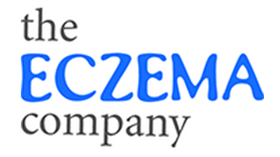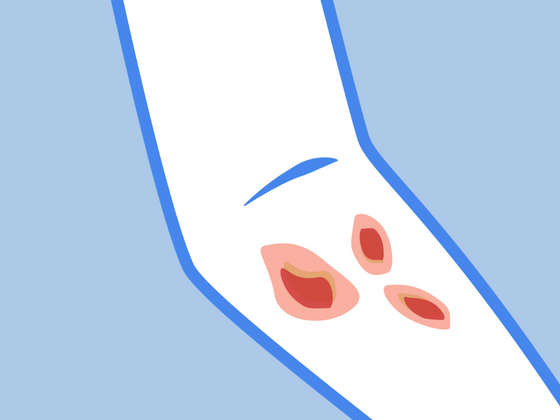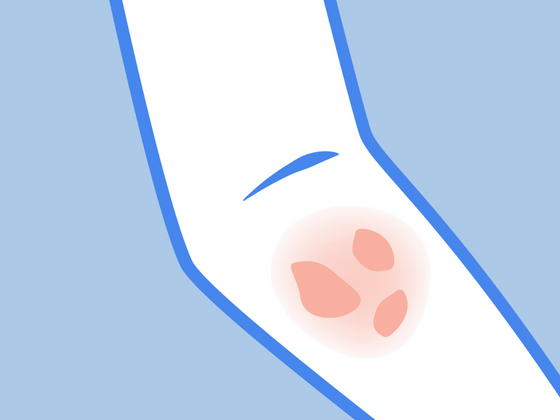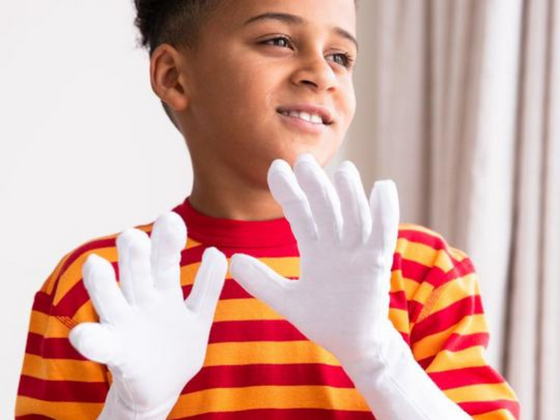A common concern amongst parents is whether it’s possible to get eczema from teething. Teething is, in fact, one of the factors that can contribute to the development of eczema in children. This can happen because of the stress associated with teething, the hormones which triggered teething initially, aggravation of excess drool – or perhaps a combination of all three.
In this blog post, we explore the relationship between teething and eczema, as well as:
- Signs your baby is teething
- How to alleviate discomfort from a teething eczema flare up
- How to care for teething children with eczema
Read on to learn more about teething and eczema, as well as how you can help your little one find relief.
Can Teething Cause Eczema?
If you notice your little one has begun to develop an eczema outbreak at the onset of teething, you’re not alone. This is a common occurrence, which explains why eczema is often referred to as ‘drool rash’ when it comes to babies. However, although they may be connected, teething does not cause eczema. Rather, teething can exacerbate the symptoms in babies who already have eczema. This can be due to the hormones involved, excess drool or the stress that accompanies teething.
Causes of a Teething Eczema Flare Up
As we mentioned, eczema flare ups are common during the teething process. Stress may play a huge factor in this. The stress the body goes through during teething can contribute to flare ups, leading to itchiness, dryness, and pain. In addition, drooling can have a significant effect on your baby’s skin due to the excessive and continuous presence of saliva which keeps the skin wet. Skin that is constantly moist is more likely to develop a rash. Constant dampness can affect the mouth, chin, neck, and chest. An eczema teething rash on the face may appear as slightly raised patches with tiny bumps.
Signs your Baby is Teething
Teething is accompanied by a range of symptoms which can vary from baby to baby. Here are some signs to watch out for:
- A sudden increase in drooling
- Red and sore gums
- An irritable and cranky baby
- Loss of appetite, especially for solid food
- Red cheeks
- Trouble sleeping
- Chewing or sucking fingers
- High temperature
What to do When your Baby is Teething
Teething is an important but uncomfortable time in your baby’s life. The good news is that there are some steps you can take to make teething as painless as possible for your baby. Here are some ways you can help them find much-needed relief:
Maintain good hygiene:
Keep your baby’s face as clean as possible by wiping drool away as soon as it appears. Using a bib can also help protect their chest and neck by keeping it dry. When drying their skin, be sure to gently pat dry to avoid further aggravating it by rubbing.
Apply a gentle moisturizer:
Applying a gentle and natural eczema cream for babies can act as a protective barrier against irritation and wetness. We recommend this Baby & Adult Soother to protect the skin from drool before any teething rash appears.
Help them sleep well:
Helping your baby get a good night’s sleep can help alleviate some of the stress associated with teething which can help reduce flare ups. To help your little one get a good night’s sleep, check out these ScratchSleeves with Scratch Mittens which offer delicate protection from scratching or rubbing. The cooling fabric keeps your baby comfortable and sweat-free during the day or night. .
Soothe your Baby Today
Give these natural solutions a try to soothe your baby’s teething eczema flare up today.








